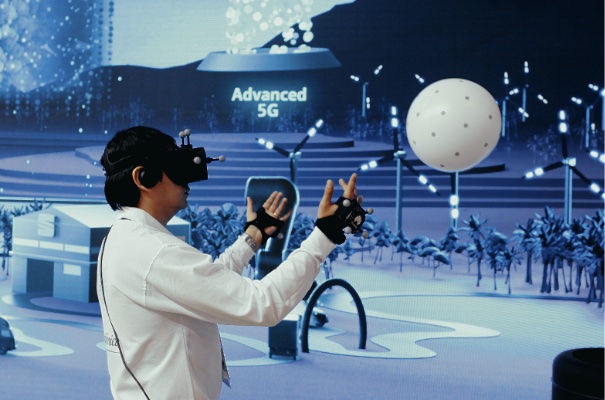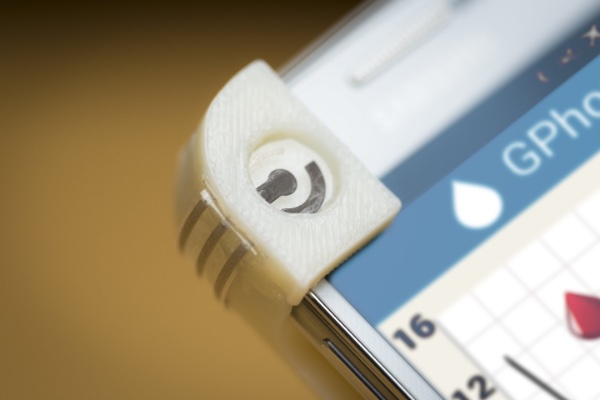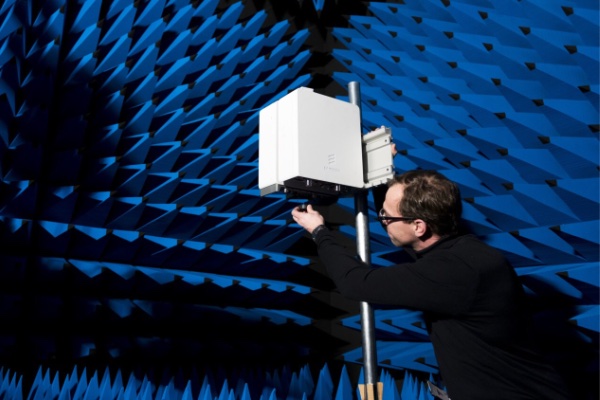The takeoff of 5G has been delayed by COVID-19 but appears as an essential ally to manage future health and economic crises. Credit: Ericsson.
ISABEL RUBIO ARROYO | Tungsteno
The coronavirus pandemic has resulted in the imposition of social distancing and the use of masks, but has also fostered teleworking and the digitalisation of many processes that have put connectivity in the spotlight. If 2019 was the year in which 5G launched, everything indicated that 2020 would deliver a significant boost to this technology. What role has 5G played during the pandemic? Has COVID-19 slowed down its implementation or, in contrast, has the need for broadband accelerated it?
Countries such as Spain, the UK, Italy, the US, China and Japan have already deployed a variety of 5G networks in 2019. At the same time, major manufacturers such as Huawei, Samsung, Xiaomi and LG launched the first smartphones that are compatible with the expected fifth generation mobile network. The first fulfilled promises of 5G also began to be seen in sectors such as automotive, medical or Internet of Things (IoT). Currently, there are already household appliances, connected medical devices, traffic lights, cars and even petrol stations with 5G connectivity.

The fifth generation mobile network comes with the promise of boosting connectivity in rural areas, a digitization supported by new European financial aid. Credit: Telefónica.
The rural digital divide
5G can support the connection of up to one million devices per square kilometre. Projections also indicate that the global number of IoT connections will double between 2019 and 2025 to almost 25 billion, according to the GSMA, the association of mobile network operators. If there is one thing that characterises this technology, it is its ultra-high speed and low latency. Currently, 5G allows connections about ten times faster than today's 4G, but in the future it will reach speeds of 250 times faster. Moreover, this low latency— the time it takes a device to execute an order from the moment the signal is sent—is a key concept in enhancing the Internet of Things and the real-time interconnection between devices.
But although this technology has already begun to be used in some sectors, we will still have to wait to see its widespread implementation. In 2019, 4G was dominant in the world, representing 52% of global connections, according to the GSMA. However, there is still a digital divide affecting rural populations. For example, only 46% of those living in rural areas have fibre optic in their homes compared to 80.4% of the total population, according to the Spanish Secretary of State for Telecommunications and Digital Infrastructures.
"If we are fighting for a Europe with equal opportunities, it is unacceptable that 40% of the population in rural areas still do not have access to fast broadband connections," said European Commission President Ursula von der Leyen. While there are still places that are not even reached by 4G, a study by the consultancy Analysys Mason estimates that 5G can bring economic benefits of up to 55 billion euros to rural areas through better connectivity and a commitment to smart farming.
One of the great promises of fifth generation networks has been, in fact, to be an alternative to fibre for those regions far from the big cities where coverage has not yet reached. But at the moment, full connectivity for these rural areas is still a long way off, although it is now on the agenda for political decisionmakers. In fact, the pandemic has breathed new life into the idea of returning to the countryside in search of a higher quality of life, spurred on by improved teleworking options. For this reason, the European Commission has included the acceleration of the deployment of secure and very high capacity network infrastructure, in particular fibre and 5G, in its Next Generation EU recovery plan for the COVID-19 crisis, approved last July. This mechanism will earmark at least 20% of these Recovery and Resilience Mechanism funds (out of a total of €750 billion) for the digital transition, in particular for small and medium-sized enterprises.

From remote medical assistance to the operation of electrical infrastructures, 5G is presented as a fundamental ally to face future crises. Credit: UC San Diego Jacobs School of Engineering.
An uneven launch
But this planned rollout of 5G has undoubtedly been affected by the pandemic. The exceptional situation generated by COVID-19 has led Europe and the United States to cancel or delay the auctions for the allocation of frequencies for the new mobile telephony. "Despite some of these headwinds, it is worth noting that US operators have continued or increased their network development, so they will be even better positioned to capitalise on devices and spectrum frequencies as they become available," says Jack Fritz, director of Technology, Media and Telecommunication at Deloitte Consulting.
In the case of the coronavirus pandemic, what we have seen is that those countries with an early deployment of 5G, such as South Korea, have been able to manage the health crisis more quickly. Digital models and data management applied to the location of contamination sources and the tracking of infections require a structure capable of supporting a large amount of information, as is the case with 5G. Looking ahead, the deployment of fifth generation networks is seen as an essential way of dealing with situations such as the present one and avoiding economic paralysis.
There is no doubt, therefore, that 5G is an essential ally when it comes to tackling future health crises. But, in addition, this technology will facilitate the creation of new businesses, boost the automation of production processes as well as guaranteeing the operation of critical infrastructure such as the power grid. This technology already permits, for example, a surgeon many kilometres away to give real-time instructions to doctors performing surgery. Although at the moment this type of operation is rarely carried out, if there is one thing that the pandemic has highlighted, it is the need to improve connectivity in order to be able to deal with this type of exceptional situation.
· — —
Tungsteno is a journalism laboratory to scan the essence of innovation. Devised by Materia Publicaciones Científicas for Sacyr’s blog.
